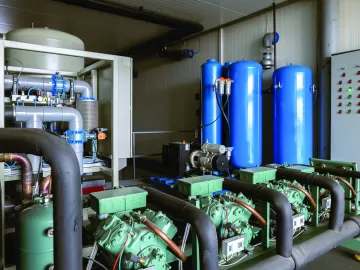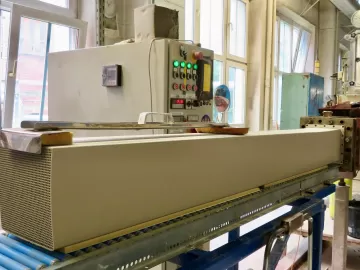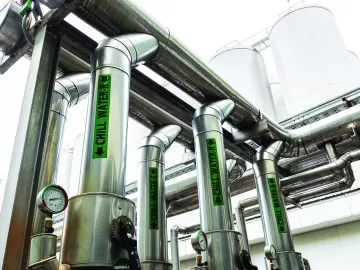German Lab Relies upon Water-injected Oil-free Air Compressor
Rotary screw air compressor that makes its own lubricant from the surrounding air delivers oil-free compressed air to an environmental laboratory in Stuttgart, Germany -
Many sensitive sectors of industry require oil-free compressed air. However, meeting this demand is often not as simple as it sounds. One way is to use oil-injected air compressors with downstream air treatment to meet the demand. A second option is oil-free air compressors, which operate without lubricants. Both versions have their own advantages as well as risks. Another alternative is to use rotary screw air compressors that use water as a lubricant.












